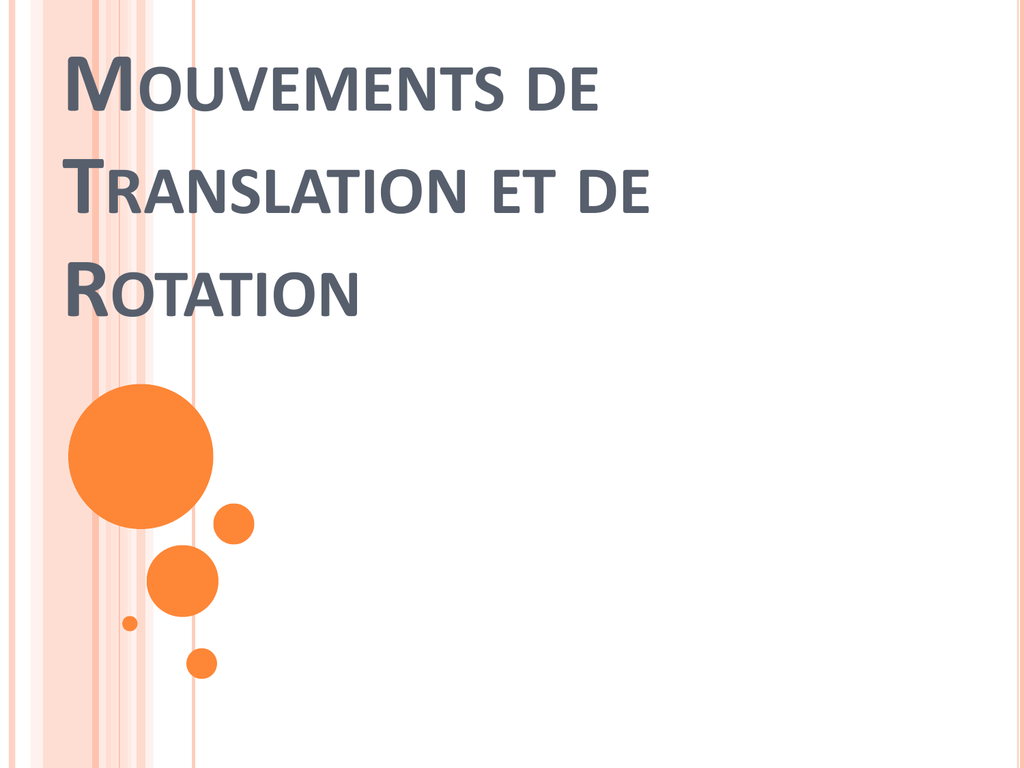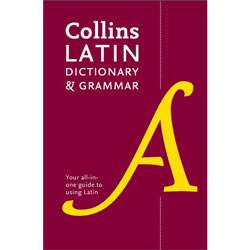

It ends with a warning that the wheel of fate will turn again, and today's champions will face ruin soon enoughĮach of the three verses is arranged identically, sung to the same tune with the same accompaniment. In three verses, it describes how the poet's fortunes change, how he fell from his place in the world and his resentment of those currently favoured. The next movement deals directly with the fickle, cyclical nature of fate. Mecum omnes plangite! everyone weep with me! The final gathering chord is underlined by an extra pulse of energy from the choir, a drum-roll and a rattling triangle. The cymbal crashes that marked the start of each verse now speak of the mechanism driving this wheel of fate. The darting counterpoint from before is now in the ascendant, and is revealed to be reminiscent of a spinning wheel. At this point the choir come back together for a unison "-te", which is held for a further 7 bars of fortississimo, maximum volume. All the words of this line are sung over 5 bars rather than the 2 or 4 used elsewhere. The choir splits up for the "omnes", the tenor and soprano parts soar away and the bass and alto parts maintain the rhythm. Sternit fortem, strikes down the strong man,įinally, the structure which has been observed for much of this movement breaks down completely. Everything grows louder still, moving from forte to fortissimo.Ĭorde pulsum tangite pluck the vibrating strings The choir's octave intervals become a scrunchy harmony. An open cymbal now joins the thumping introduction to each line. The darting counterpoint from earlier has lost its juddering hesitancy and gained harmonic complexity.Īt this point, things are ratcheted up another notch.
#Et affectus english translation full
The tenors and sopranos of the choir are now a full octave higher. The arrangement has the same structure, but the soft bass note is again a great thump of bass instruments and drum at the start and end of each line. The sense of urgency instilled there breaks out into a kind of musical panic. The last verse of this movement is again loud, which comes as a shock after the quiet contemplation of the last two. Semper dissolubilis, and always fades to nothing, The second verse continues in the same vein as the first- the same notes and phrasing are used throughout. This marks the end of the first verse.ĭissolvit ut glaciem. Now the choir moves into a simple discord, which shifts back into unison on the closing syllables of "glaciem". A huge contrast and sudden contrast to the bombast that precedes the section. The other instruments dart around rapidly and quietly, lending an air of urgency. Each note of the choir's part is deliberate and is accented heavily, which stresses each and every syllable, making each word crystal clear.

The choir is in unison and the woodwinds track them through the verse. This lends structure, and emphasises the start of each line. Each line of the text takes two bars of the score and pair of bars begins with a shadow of the shuddering bass notes from the introduction. The time signature changes from the laborious 3/1 of the introductory lines to a jerky, unsettling 3/2.

As the text changes to consider the specifics of the writer's views on fate, the music becomes more subtle, but remains eerie. This time, the 6-part harmony is less jagged, but it is pitched much higher- and the final "-lis" is held out for several beats. Then the powerful bass note sounds again, and the choir and the rest of the orchestra enter one more. The pattern is repeated for the " velut luna". The "O" is a startling discord, and the "Fortuna" is similarly jarring. After the first note has captured the audience's attention, the brass and choir enter. The low instruments of the orchestra thump out a descending three note line. This is known to couch potatoes around the world as the " Old Spice" music, as it memorably accompanied the old advert for the rancid aftershave. The piece begins with its most recognisable movement - the mighty " O Fortuna". I present below the text of the poems with an english translation, and intersperse my comments on the music. Orff has written dramatic and insidious music to illustrate the themes. Both describe the horror of fate's unfair meddling in human life, and its influence on the lowly and powerful alike. It consists of two movements, " O Fortuna" and "Fortune Plango Vulnera". Fortuna Imperatrix Mundi means "Fortune, Empress of the World", and is about fate. Fortuna Imperatrix Mundi (Fortune, Empress of the World)įortuna Imperatrix Mundi is the first part of Carl Orff's brilliant Carmina Burana- a work which sets poems written by disreputable 13th century monks and scholars to modern orchestral and choral music.


 0 kommentar(er)
0 kommentar(er)
